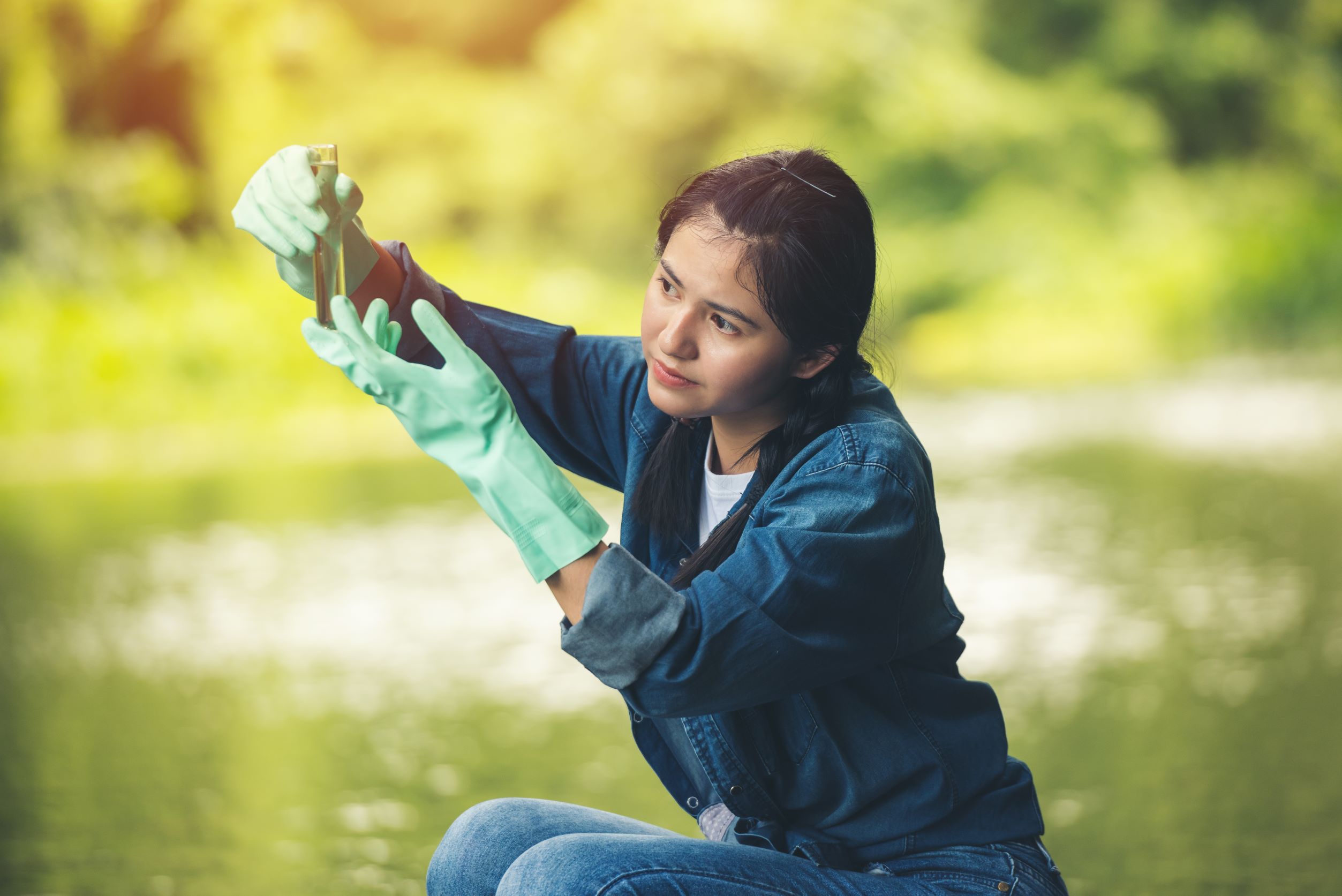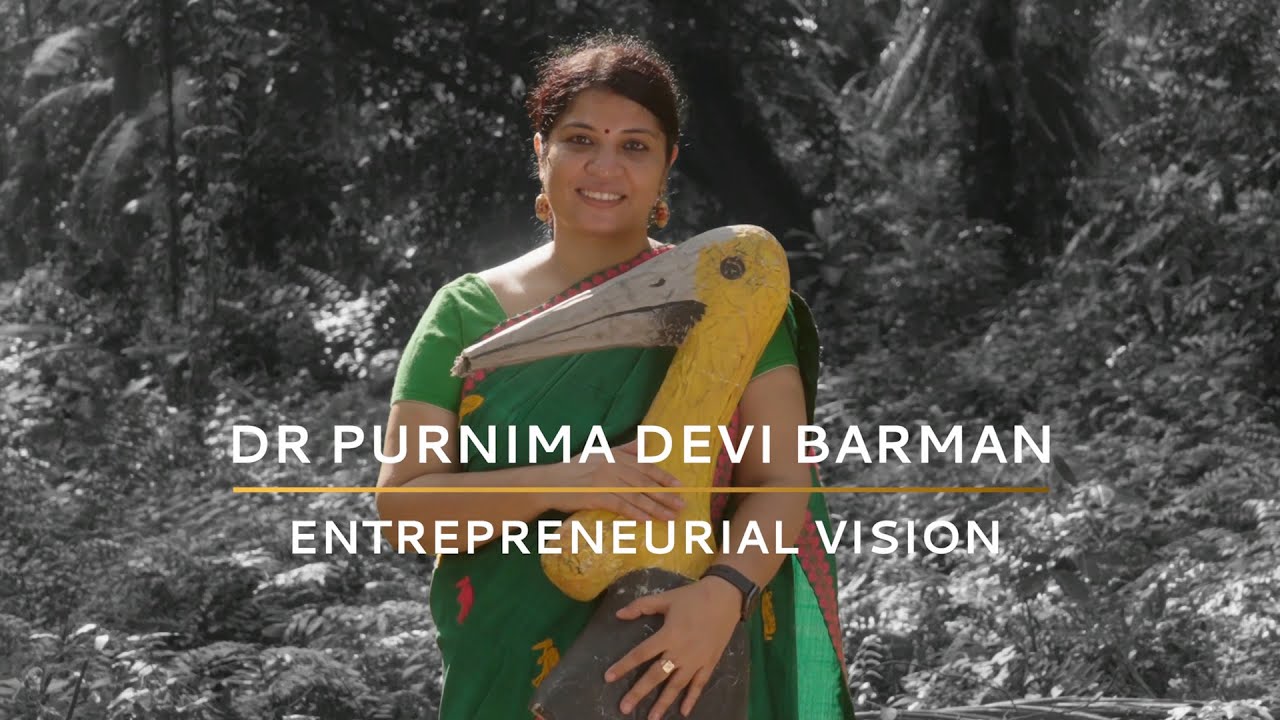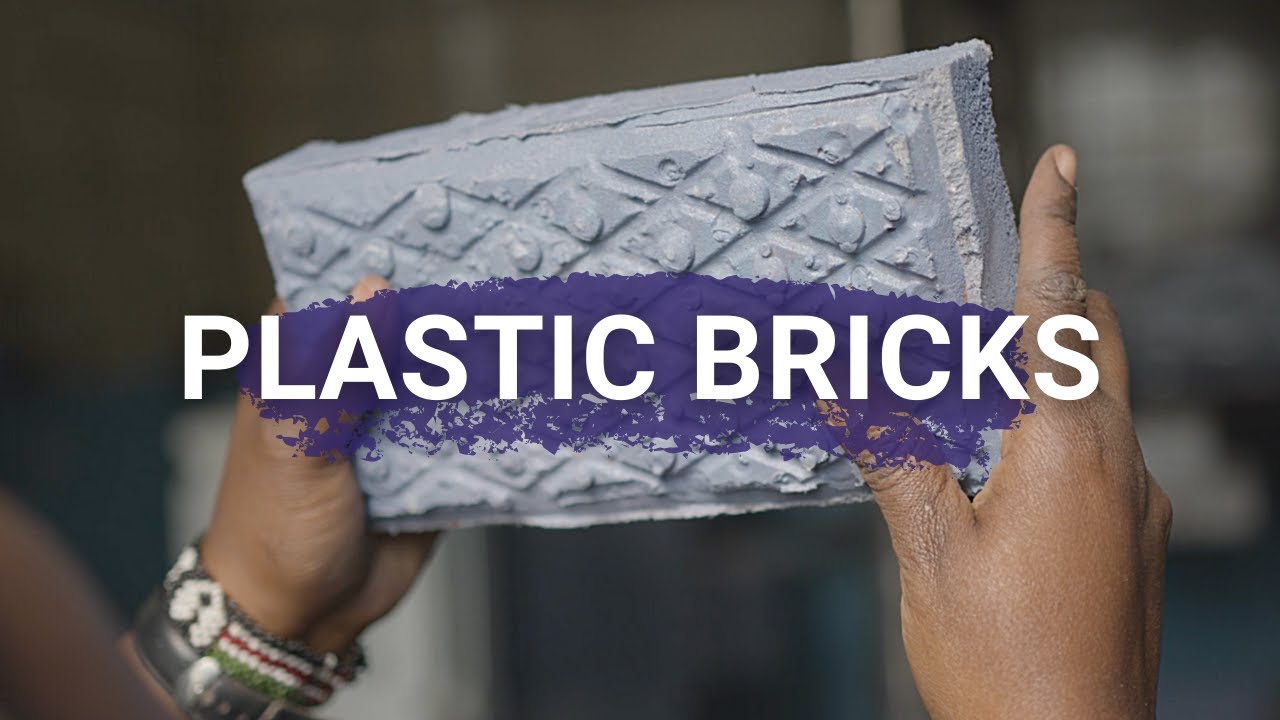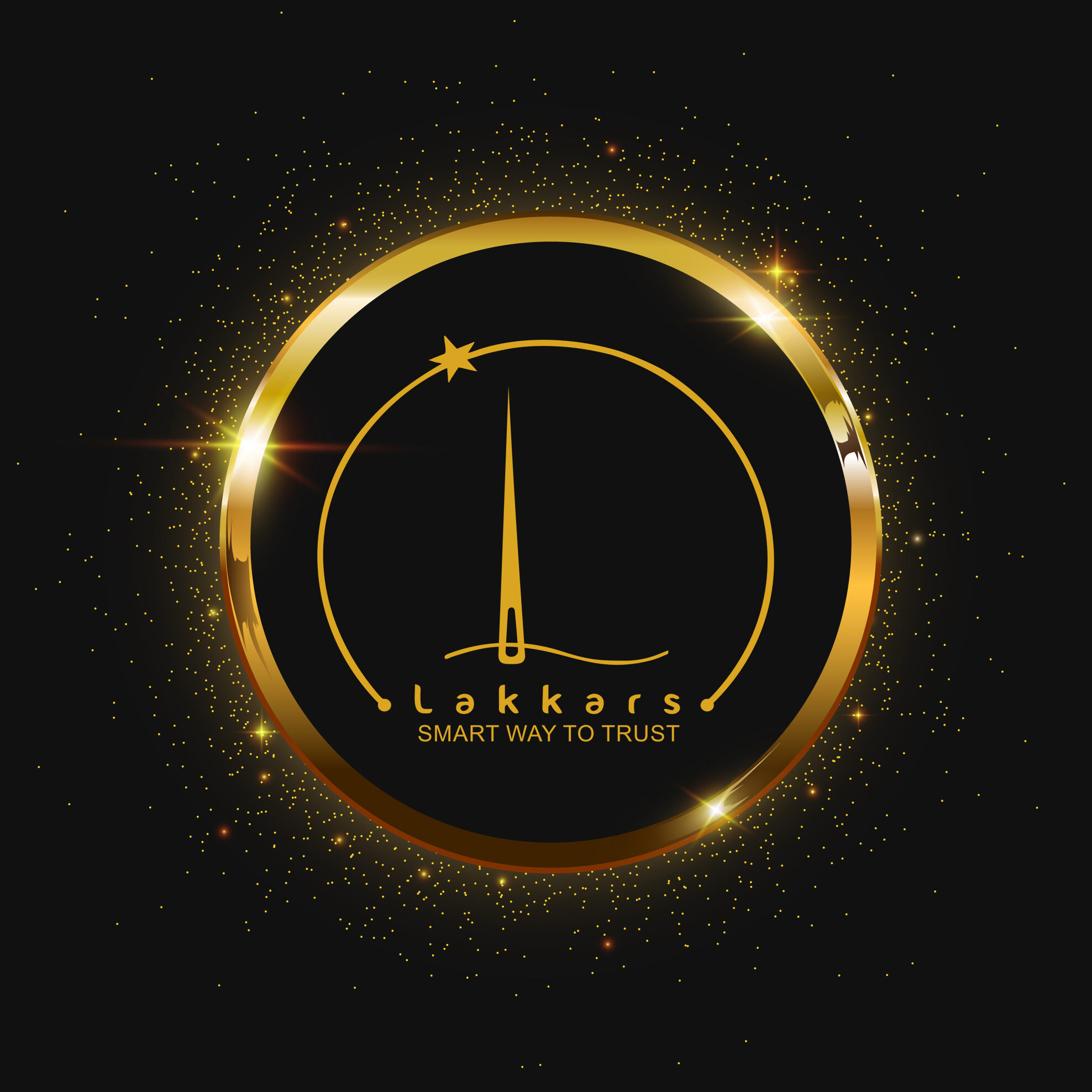
Meet three women who are using science to help save the planet
Research shows that despite a shortage of skills in most technological areas, gender disparity still exists in the field. Women make up less than a third of the workforce across science, technology and engineering. Women scientists are typically given smaller research grants than their male colleagues, and their work tends to be underrepresented in high-profile journals.
Ahead of this year’s Day, we shine a light on five women who are pushing boundaries and using science to help tackle the triple planetary crisis of climate change, nature and biodiversity loss and pollution and waste.
For their work, they have all been selected for the United Nations Environment Programme’s (UNEP’s) prestigious Champions of the Earth and Young Champions of the Earth awards.

1. Dr. Purnima Devi Barman – Champion of the Earth, 2022
For wildlife biologist Dr. Purnima Devi Barman, a childhood fascination with greater adjutants, members of the stork bird family, has blossomed into a lifelong passion.
After completing a Master’s degree in Zoology, Barman started a Ph.D. in 2007 on the greater adjutant stork. But, seeing the ever-dwindling number of the birds she had grown up with, she delayed finishing the degree until 2019 to focus on community conservation education work in rural Assam, India.
Fewer than 1,200 mature greater adjutant storks exist today, less than 1 per cent of what they numbered a century ago, a dramatic decline partly driven by the destruction of their natural habitat.
To help conserve the endangered stork, Barman founded the Hargila Army, an all-female grassroots conservation movement dedicated to protecting these giant birds from extinction. Today, the Hargila Army comprises over 10,000 women who protect nesting sites and rehabilitate injured storks.
Barman says, “being a woman working in conservation in a male-dominated society is challenging, but the Hargila Army has shown how women can make a difference.”
2. Dr. Gladys Kalema-Zikusoka – Champion of the Earth, 2021
A wildlife veterinarian and the founder and CEO of Conservation Through Public Health, Dr. Gladys Kalema-Zikusoka has spent three decades helping safeguard the world’s rarest and endangered primates, such as mountain gorillas in remote communities across East Africa.
In her early 20s, Kalema-Zikusoka returned to Uganda after embarking on a global educational adventure, earning degrees in the United Kingdom and the United States.
Much of her work has been in poor communities that border protected areas, where she has helped improve healthcare and create economic opportunities, turning many locals into partners in conservation.
Recognized globally for her work, Kalema-Zikusoka, says that she hopes she will inspire young Africans to choose careers in conservation. “There is a lack of local representation among conservationists,” she said. “We need more local champions because these are the people who will become decision-makers for their communities and countries.”

3. Nzambi Matee – Young Champion of the Earth, 2020
Nzambi Matee is an engineer, inventor and entrepreneur and the head of Gjenge Makers, the company she founded as a solution to plastic pollution in Nairobi, Kenya.
Gjenge Makers produces sustainable, low-cost construction materials made of recycled plastic waste and sand. Matee developed the prototype for a machine that turns discarded plastic into paving stones.
Matee, who majored in material science and worked as an engineer in Kenya’s oil industry, was inspired to launch her business after routinely coming across plastic bags strewn along Nairobi’s streets. In 2017, Matee quit her job as a data analyst and set up a small laboratory in her mother’s backyard.
Each day, the business churns out 1,500 plastic pavers, giving a second life to plastic bottles and other containers which would otherwise end up in landfills or, worse, on city streets.
Matee encourages other young people to tackle environmental challenges at the local level. “The negative impact we are having on the environment is huge,” she said. “Start with whatever local solution you can find and be consistent with it. The results will be amazing.”

Magazine launched for helping women for success. Lakkars has always served and worked efficiently towards women empowerment, we have blossomed into America’s most-read fashion magazine.


